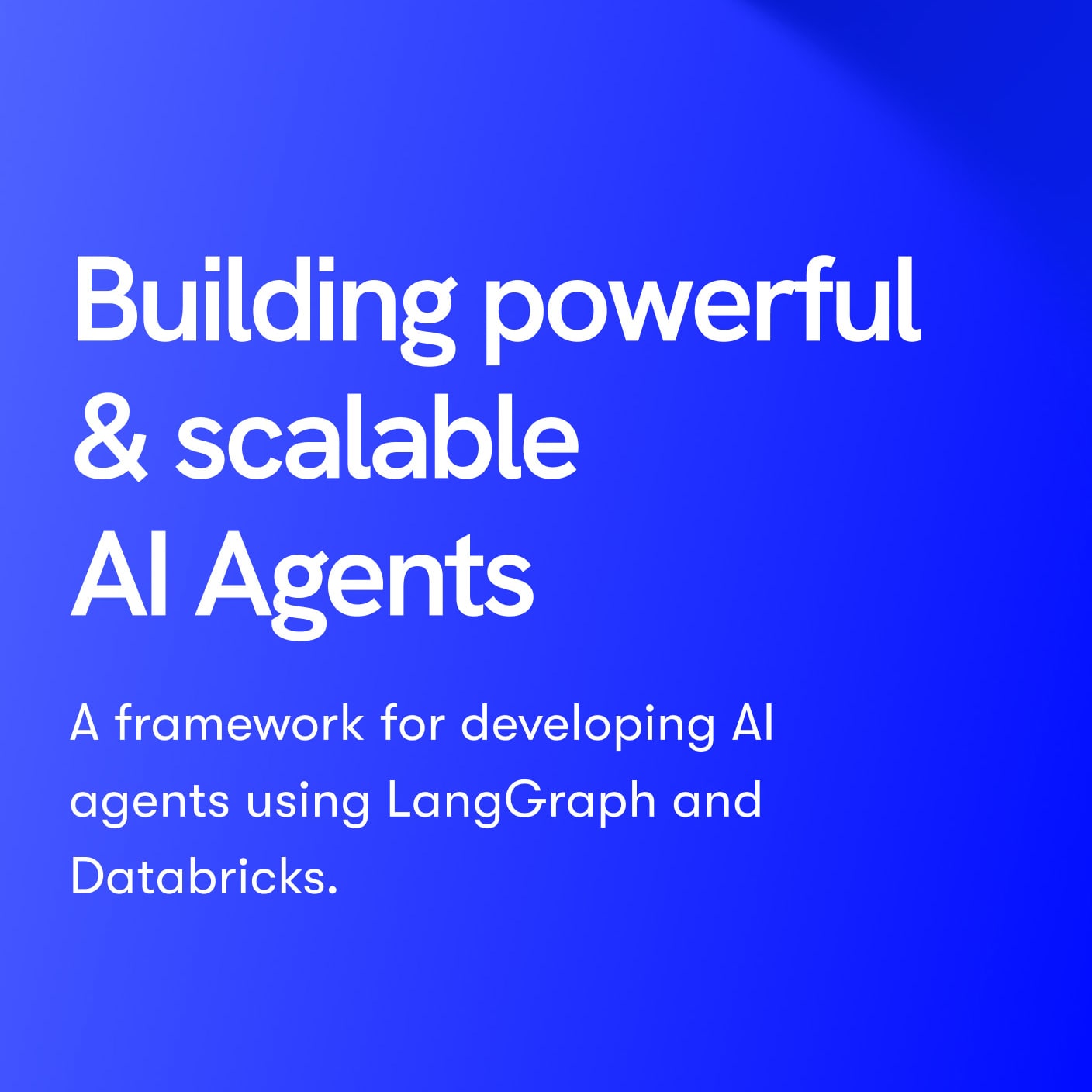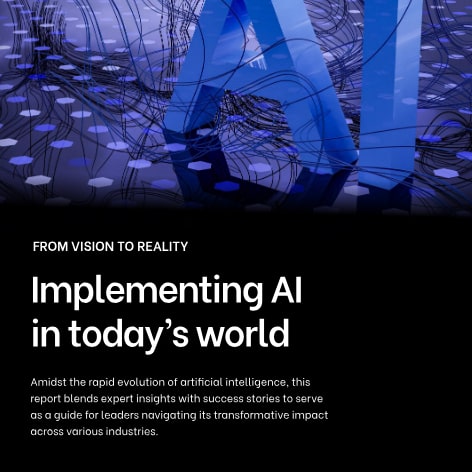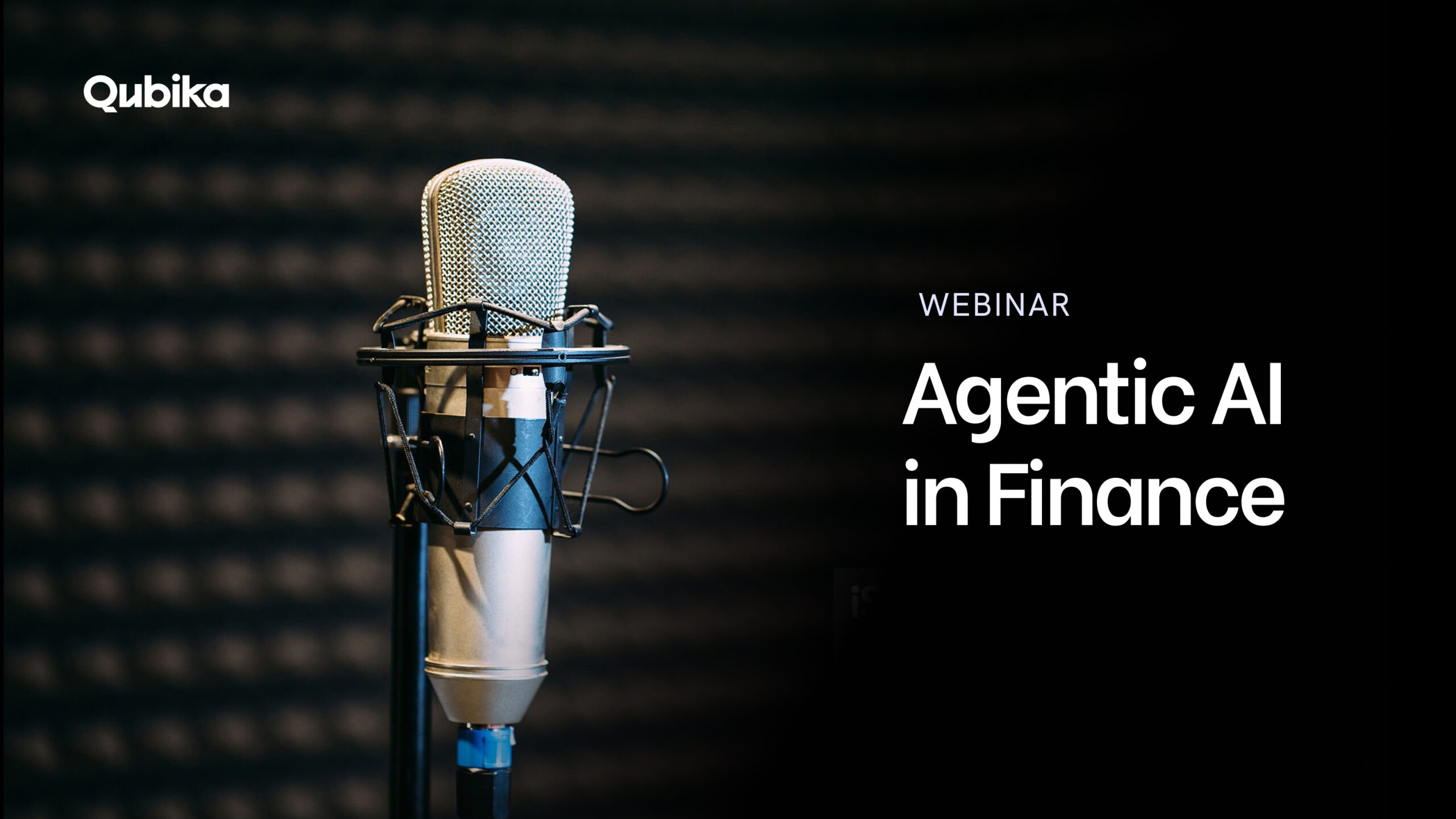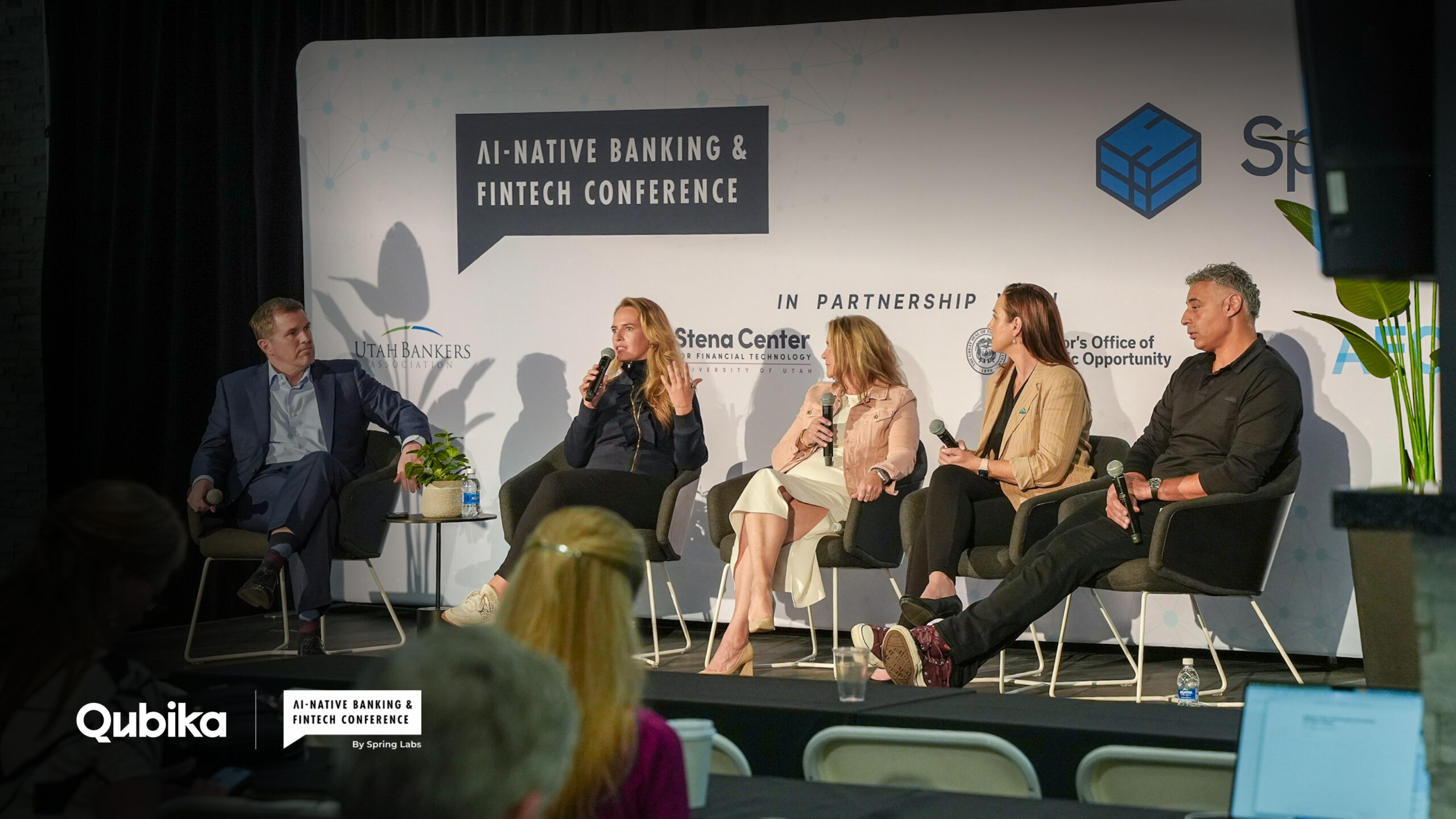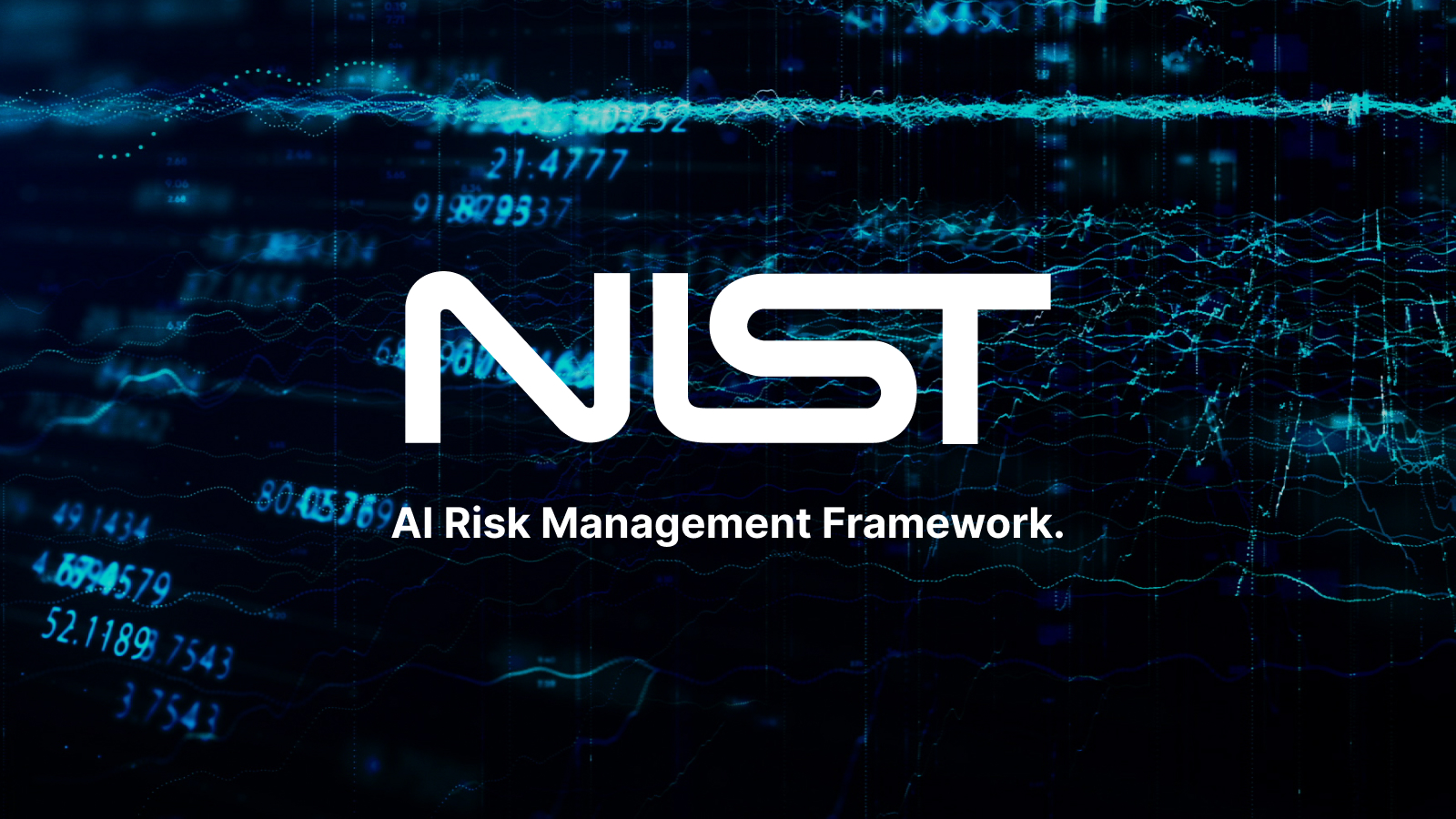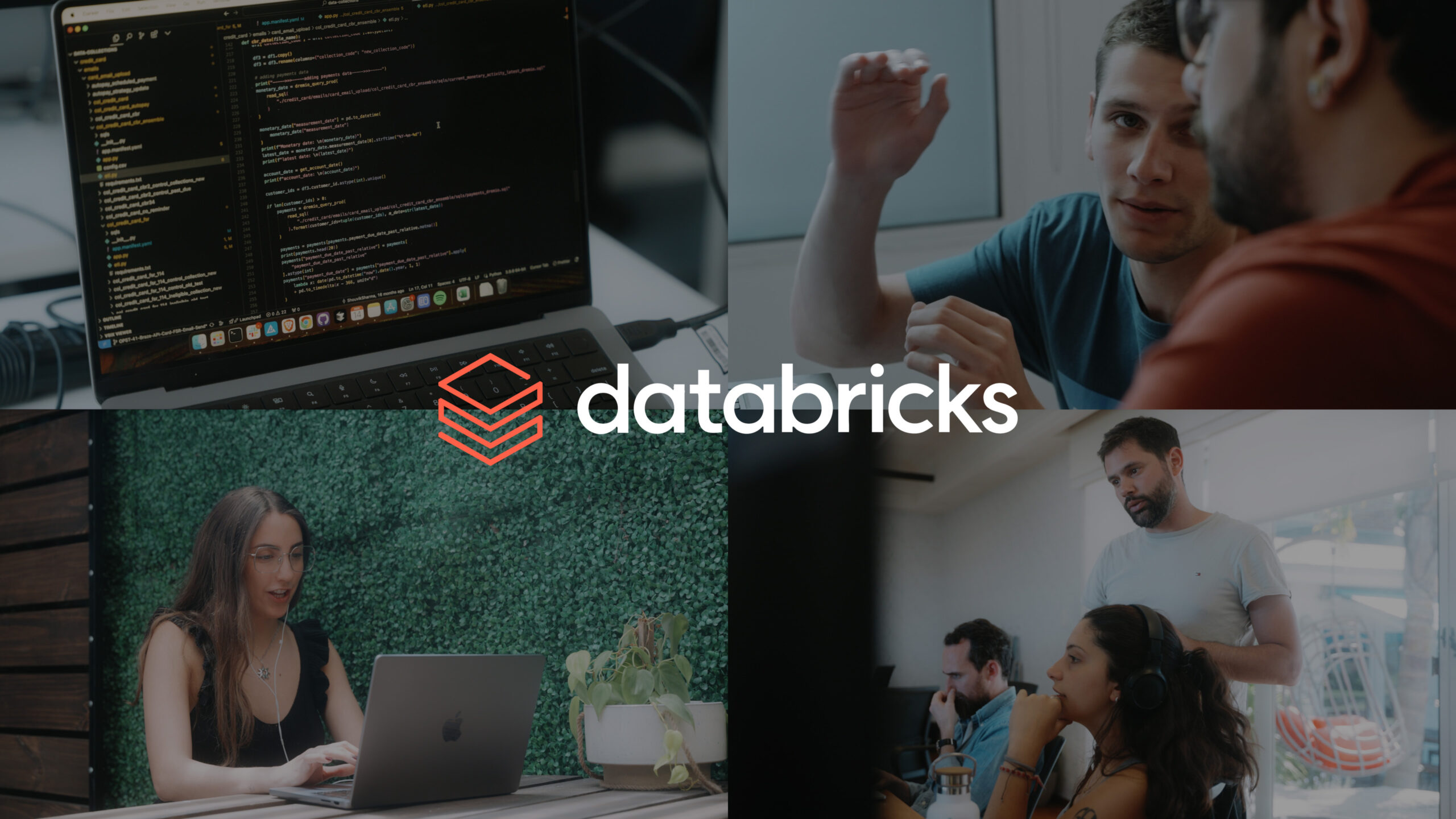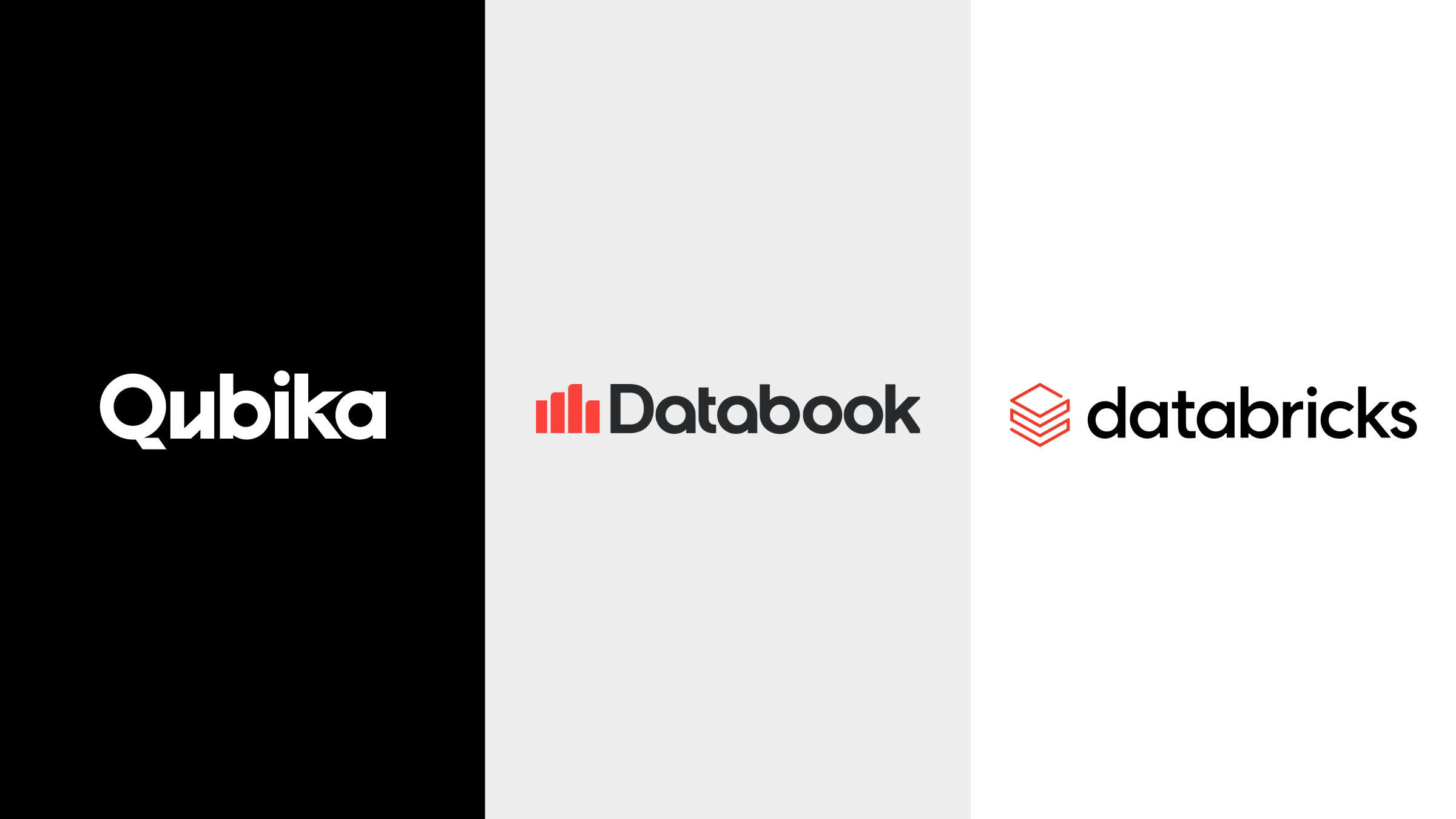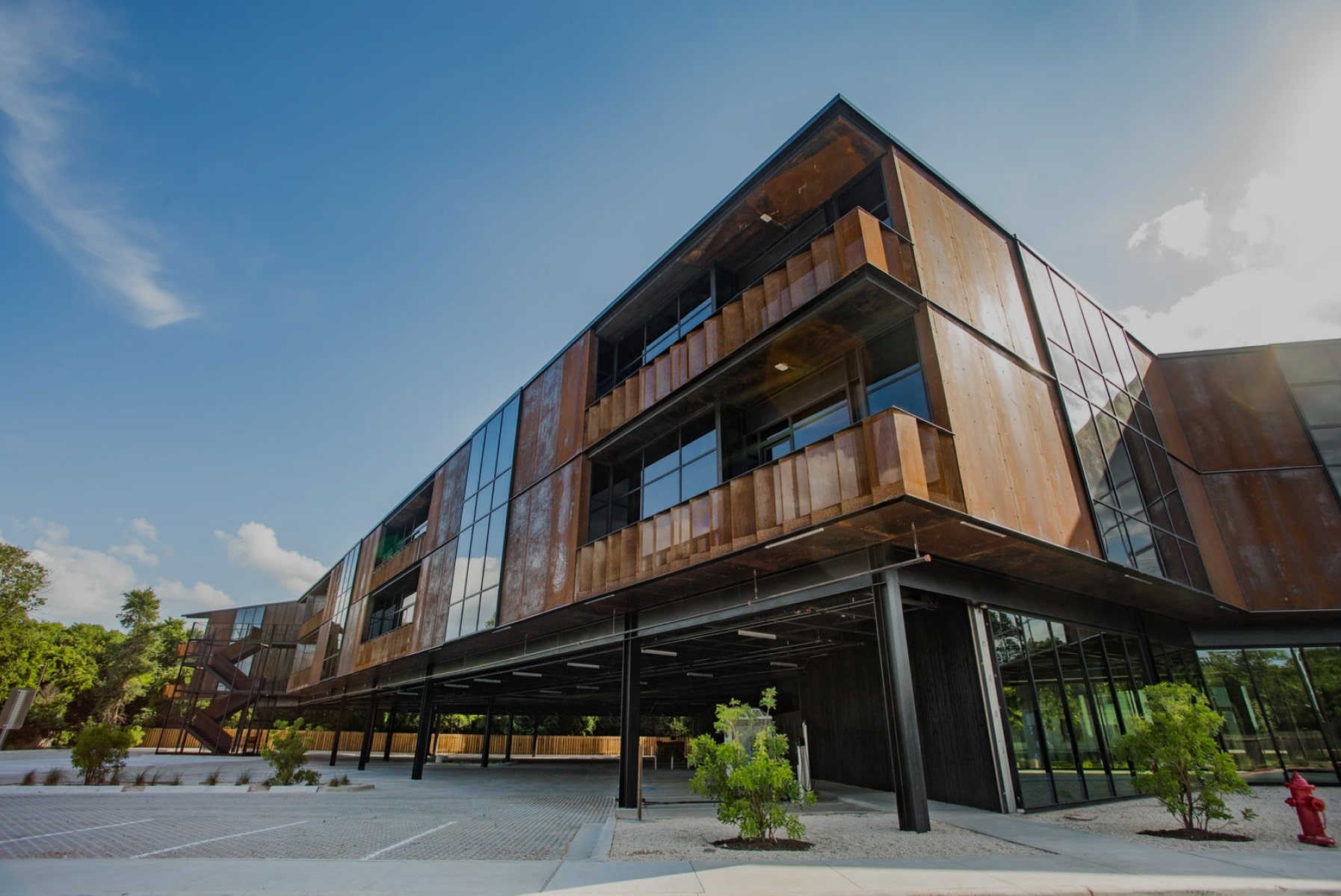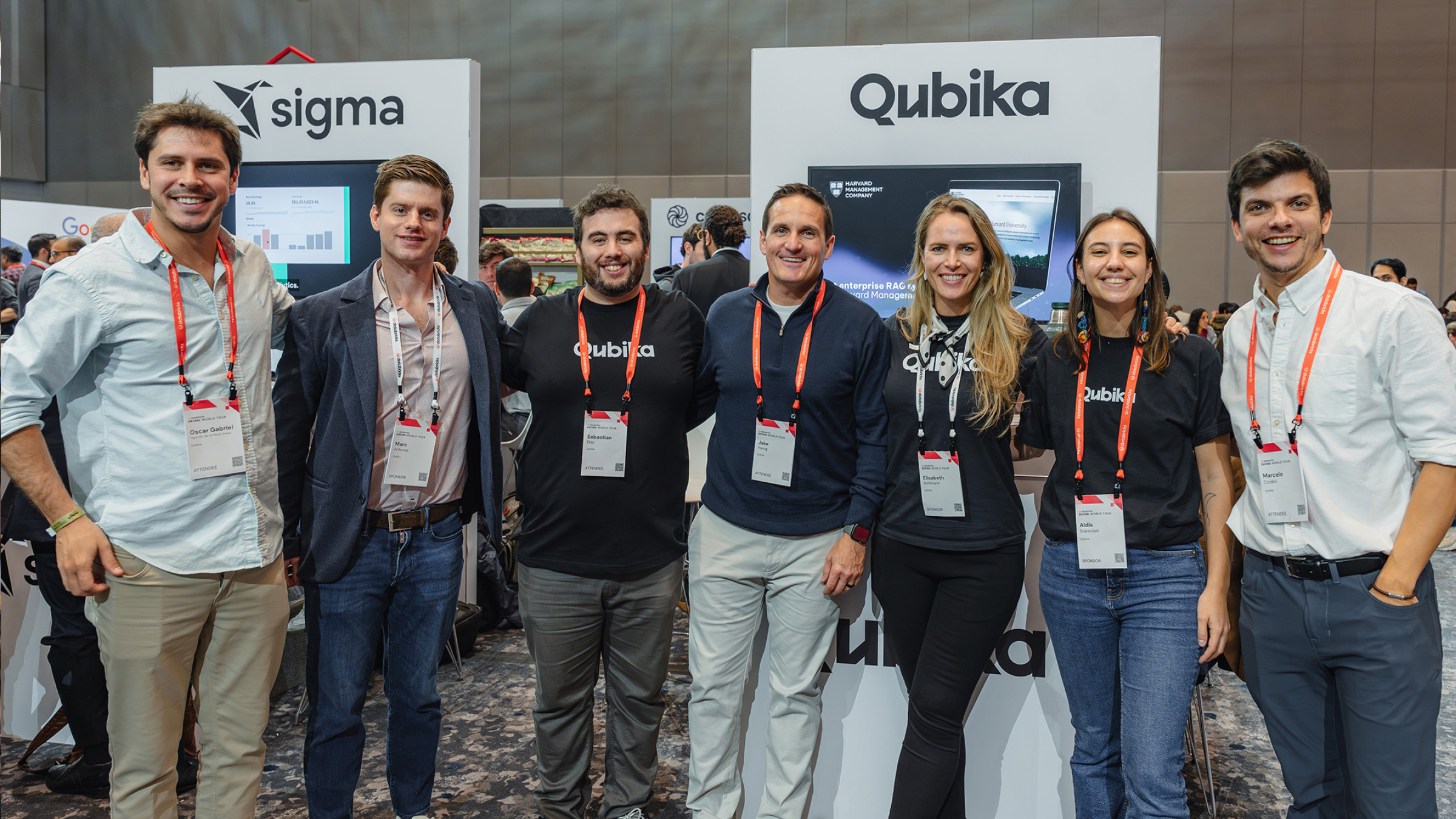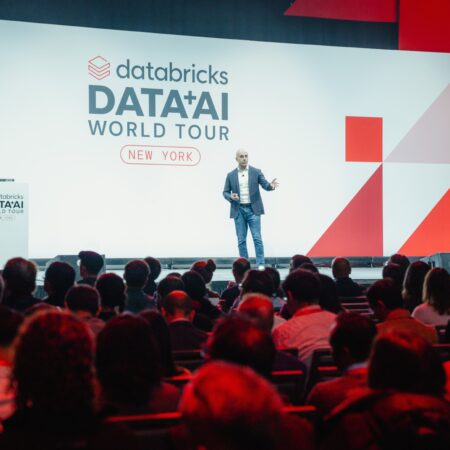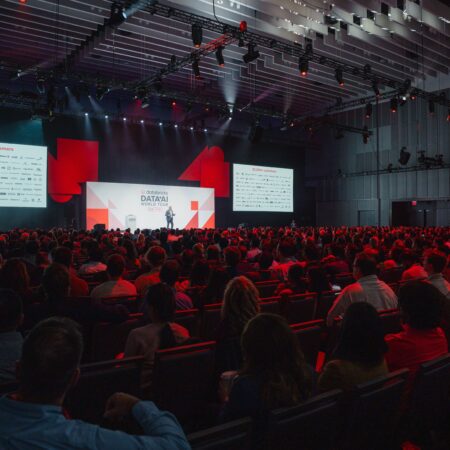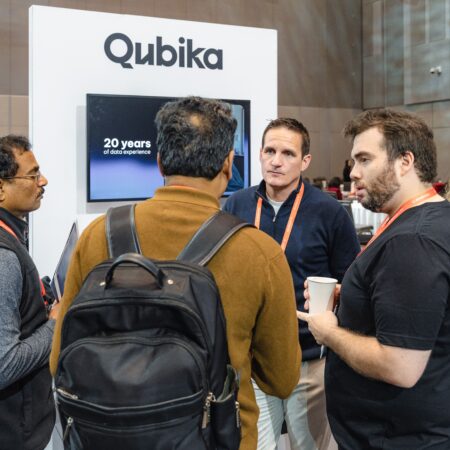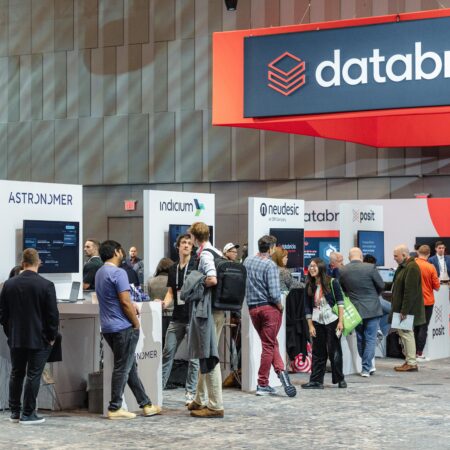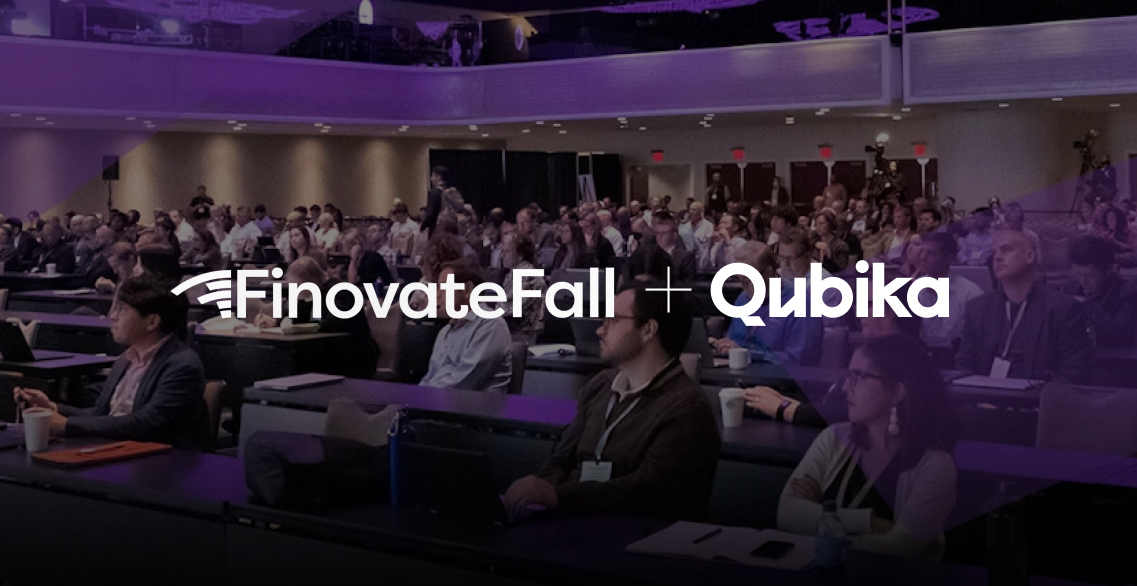Qubika joined the Databricks World Tour in New York, and one of the topics that stood out immediately was Databricks Apps. It’s clear that Databricks is not just improving the platform, but actually driving forward a completely new way to build data and AI products.
Here’s the summary of the key points.
What Databricks Apps bring to the table
Databricks Apps let you build and run full applications directly inside Databricks. This means no extra cloud setup. No Kubernetes. No glue code. Everything stays inside one governed environment.
It targets a simple idea:
You already have the data, the compute, the governance, and the AI models. Why not run the app there too?
The real problem that Databricks are solving
Building a frontend is easy. Turning it into a real production app is not.
You need to:
- Integrate authentication and SSO
- Define access controls
- Manage containers and infrastructure
- Deploy a state database
- Wire observability
- Configure audit logs
- Keep everything updated
Databricks wants to erase all of this overhead. You focus on the app logic. They take care of the platform.
The vision of Databricks Apps
Databricks is aiming to become the enterprise app platform for data-driven companies. The message was simple and strong:
Developers should build, deploy, and manage next-gen data and AI apps directly in Databricks, without depending on external infrastructure.
And you can feel they’re going all in on this direction.
Why notebooks and dashboards aren’t enough
Databricks was very clear:
Notebooks → for technical users, not for end users
Dashboards → good for charts, not for rich interactions
Most companies need more: Simulations, workflows, decision tools, AI assistants, internal apps.
That’s the gap Apps are meant to fill.
So why build apps in Databricks?
Three reasons kept coming up:
- Seamlessly integrated
Every Databricks service becomes part of your app with almost no extra work. - Secure and governed
Apps inherit all Unity Catalog controls.
No separate security model. No duplication. - Open framework
Use Python, JavaScript, or whatever you already use.
No special proprietary toolkit.
10 examples of Databricks Apps shared at the conference
The session showed a range of applications, all running inside Databricks:
- GenAI fraud detection tool
- What-if forecasting simulator
- RAG-based product Q&A chatbot
- Airline revenue system
- Contract management tool
- Loan scoring and approval
- Marketing configuration app
- Causal analysis platform
- Safety intelligence dashboard
- Supply chain scenario planner
In short: any internal or external tool that depends on data or AI.
What’s coming next
Two upcoming features were mentioned:
- Autoscaling for App clusters
- New instance sizes, including a new small option (in addition to medium and large)
These changes aim to achieve better cost control and more flexibility.
Closing thoughts
Databricks is removing a huge amount of friction from app development. If they continue on this path, Databricks Apps will become a strong option for companies that want to turn data + AI into real operational tools, without spinning up new infrastructure.
This opens a new space to design and deliver interactive AI-driven products directly on top of the platforms our clients already rely on.
And make sure to check out some of the photos from the conference below!
See more about Qubika's Databricks capabilities
As a Select Databricks Partner, and 200+ people certified, we've demonstrated our deep knowledge of the Databricks platform and have a proven track record of successful implementations.

